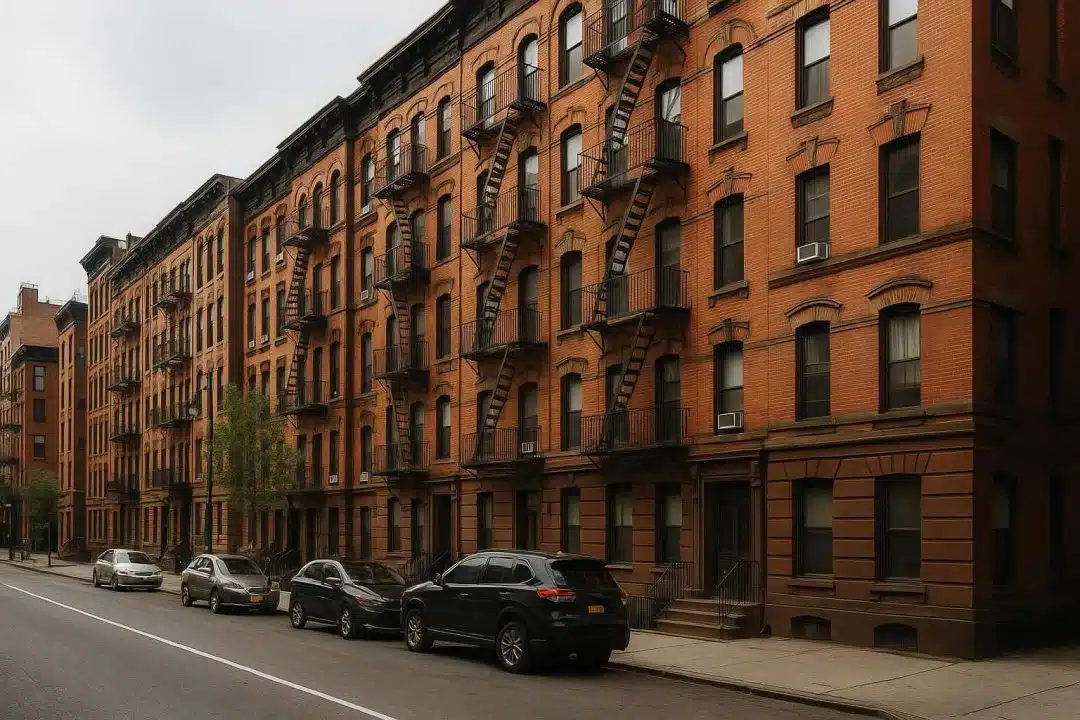
The U.S. Department of Housing and Urban Development (HUD) has released the updated Section 8 income limits for 2025, a change that will impact eligibility for housing assistance programs across the country. These adjustments reflect new median income data and cost-of-living increases nationwide.
What are Section 8 income limits?
Section 8, also known as the Housing Choice Voucher Program, helps low-income families, seniors, and people with disabilities afford safe housing. Income limits are a key factor in determining who qualifies.
HUD calculates these limits based on median income levels for each metropolitan area or county. Each year, limits are categorized into three tiers:
- Extremely low income: Generally 30% of the area median income (AMI)
- Very low income: Approximately 50% of AMI
- Low income: Up to 80% of AMI
These tiers help local public housing agencies (PHAs) prioritize applicants and distribute assistance fairly.
2025 increases reflect higher living costs
For 2025, HUD has increased income thresholds in most areas, citing inflation and rising housing costs as key factors. The changes mean more families may now qualify for housing assistance.
Example income limits for a family of four:
- Los Angeles County, CA:
- Extremely low: $39,450
- Very low: $65,750
- Low income: $105,250
- Dallas County, TX:
- Extremely low: $30,300
- Very low: $50,500
- Low income: $80,800
- Erie County, NY:
- Extremely low: $27,950
- Very low: $46,600
- Low income: $74,550
Income thresholds vary by location and household size. A full searchable database is available on HUD’s website.
How to check your eligibility
To determine if you qualify for Section 8 under the 2025 income limits:
- Visit HUD’s income limits tool at huduser.gov.
- Select your state and county or metro area.
- Compare your gross household income to the published limits for your household size.
Applicants must also meet other criteria, including citizenship or eligible immigration status, and not exceed asset limits in some jurisdictions.
Why this matters for renters
Section 8 vouchers can cover a large portion of monthly rent for qualified tenants, often reducing housing costs to 30% of household income. With rent prices climbing in many U.S. cities, more renters are turning to federal assistance programs like Section 8.
Raising the income limits expands access to the program, especially for working families whose wages haven’t kept up with inflation. PHAs say they expect an uptick in applications following the updated 2025 figures.
What happens next?
Housing agencies will use the new income limits immediately when processing applications, waitlist reviews, and voucher renewals. Those currently on waitlists may see improved chances of receiving a voucher.
For those seeking to apply or update their information, it’s important to check with your local PHA for deadlines and required documentation.
